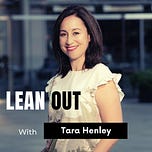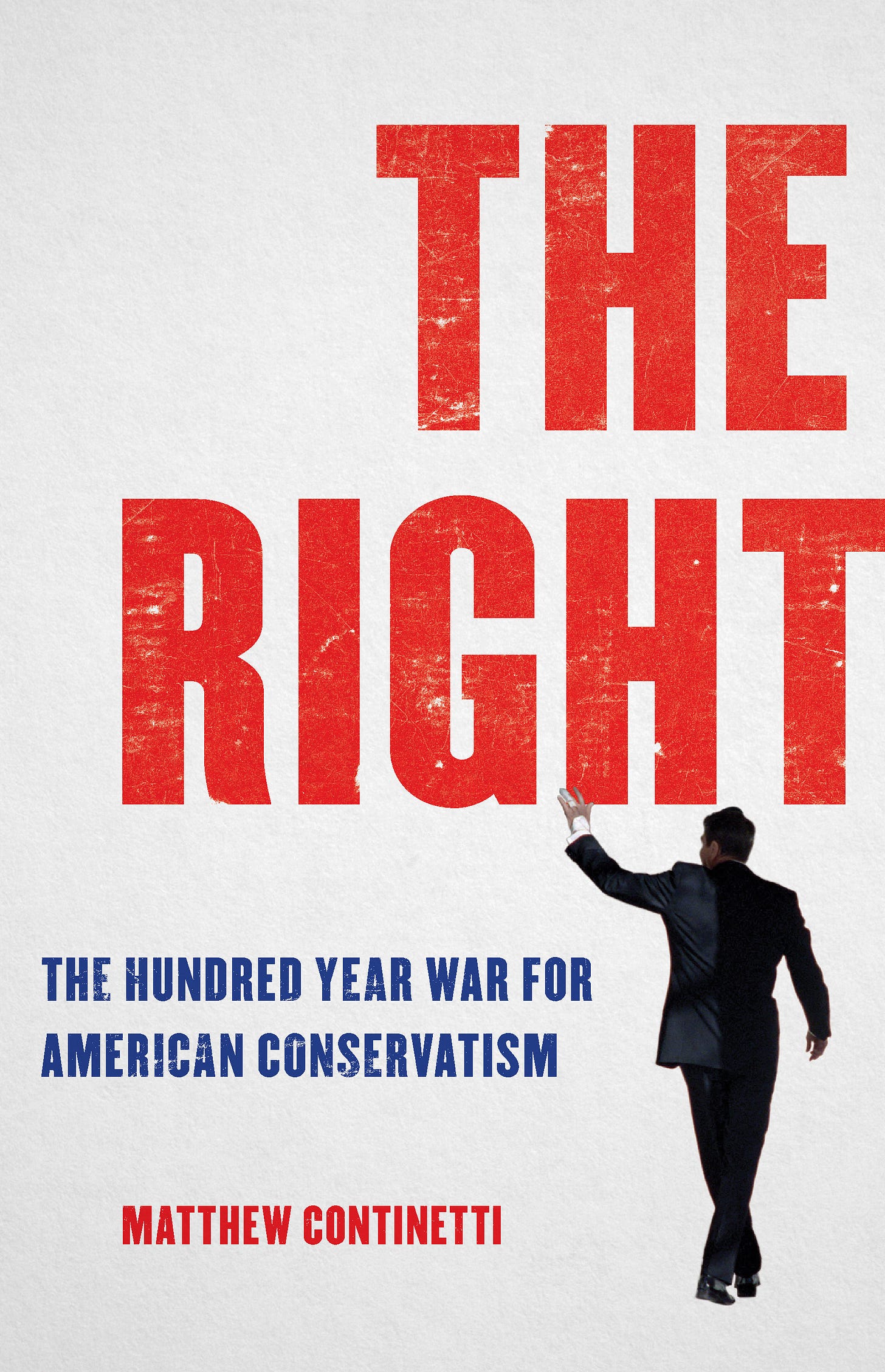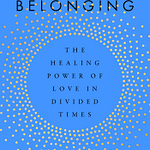For all of the mainstream media’s coverage of Donald Trump, there’s not a very deep understanding of the Republican Party under that president, or, indeed, the forces that led up to his election. In the liberal press, there just has not been that much curiosity about the nuances of the American conservative movement — and the historical and political forces driving it. But my guest on the program today says the history of the American right is actually a rich and complex one, with numerous diverse factions vying for dominance.
Matthew Continetti is a fellow at the American Enterprise Institute and the founding editor of The Washington Free Beacon. He’s also the author of a new book, The Right: The Hundred Year War for American Conservatism.
Matthew Continetti joins me today for a history lesson on the American right — and how that history can help us understand the populist wave now underway in Canada.
Below are edited and condensed highlights from the interview. For the full interview, download the podcast.
On the rise of Donald Trump
TH: I want read a quote from the book: “Trump arrived at a time of dissociation, of unbundling, fracture, disaggregation and dispersal. The disconnectedness was not only social and cultural. It was also political — a separation of the citizenry from the government founded in their name.” To many in Canada, the election of Donald Trump came as a real shock. Historically, what do you see as the turning point that set the Republican Party on that path? How far do we need to look back to understand the rise of Trump?
MC: I begin my book in the 1920s, so I think you have to look back as far as that, at least, to get a sense of a few things. One is that in American politics, there has always been a populist tendency, a populous sentiment, that periodically rises and puts up leaders. Some of them, responsible figures; others, irresponsible demagogues. This goes way back … There’s hundreds of years of populist tradition in the United States. There’s one difference here, which is that none of those populists become president. Trump is the first of these populist demagogues to actually become elected president.
The other thing you have to realize is that the American right is not one thing. It’s many things. And many people, in Washington D.C. in particular, felt that, “Oh, we know what conservatism is. Conservatism is Speaker Paul Ryan. Conservatism is cut taxes, reform entitlements, be strong on defence. And we’ll take care of the social issues when we get to them.” In fact, conservatism is many different things. And all those positions that I just mentioned are contested within the American right. So the issue set that Trump brought to the fore in 2016 — which was, in many ways, a repudiation of Paul Ryan’s program — had been considered, had been present, in the American right. It just had not been at the fore.
Then, the larger thing that played into his nomination was, beginning in the late Bush years, the second term of George W. Bush, conservative grassroots voters began to drift away from the conservative elites here in Washington, D.C., where I live and work. Primarily over the issue of immigration.
But there was also, I think, lingering dissatisfaction with the war in Iraq. And, once the financial crisis occurs in the fall of 2008, a real disgust that the Republicans had colluded in the bailout program. And so, after George W. Bush leaves office, and Barack Obama arrives, conservatism and the right becomes almost entirely populist. Anti-elitist. Anti-liberal elite — but also very anti-conservative elite.
And this sentiment was not recognized by the politicians running for president in 2016. I think Ted Cruz understood part of it. Ben Carson understood part of it. But they were too connected to the Republican establishment, or had flaws as candidates, and they weren’t able to capitalize it on it. Trump was the person who understood this space between conservative voters and conservative elites most intuitively. And he capitalized on it. That’s how he won the nomination.
How he won the presidency? You know, American presidential elections are very close … It was about 30,000 votes, I think, spread over three states, that made Donald Trump president. Why? Well, the simplest explanation to me is revealed in a set of poll numbers. And that is: Donald Trump was the most unpopular candidate of a major party in the history of the Gallup poll. But he ran against the second most unpopular candidate of a major party in the history of the Gallup poll, Hillary Clinton. And I think that the difference was, do you go with the person that you know, Clinton, and who’s not popular — or do you take a chance on the person who’s not popular, who you don’t like necessarily, but who at least is new? I think, for enough people, they went with the new. And Donald Trump arrived in the White House.
On the different factions within the GOP now
TH: You say the American right is many things. I want to spend some time on the moment that we’re in — and the many things that the American right is now. Can you outline the factions that are vying against each other within the American right?
MC: Sure. I think you have to look at it at a couple of different registers. The first is politically — what’s happening in the American right, through the lens of the Republican party. It’s a Trump party now. Trump defined the party. He was president for four years. He continues to lead in all of the polls of preference for 2024. He put his imprint on the Republican party. So, most Republicans, if they are running for Congress, they are identifying with President Trump, or the Trump agenda. They say that they are America first. They are going to be very hawkish on the border. They’re going to be very leery of foreign entanglements. They’re going to want to somehow restore American industry. They don’t really know how to do that, but that’s what their goal is. Most of all, they want to be on the offensive against the cultural left. They want to fight the cultural left. Doesn’t matter if they win — they’d like to win, but they really just want to fight. They need to show spine. That’s their major concern. So the Trump Republican, I think, is now the mainstream of the Republican party.
But it’s not a majority. Because there are two other factions in the Republican Party. One is the Reagan Republicans. People like me. We’re still around. We’re not in control. We associate ourselves with Ronald Reagan and his legacy and his principles. Which line up in some cases with the Trump Republicans, but in other cases diverge. There’s definitely attitudinal differences. The Trump Republicans tend to be much more apocalyptic, sometimes tempted by conspiracies. Reagan Republicans try to be more hopeful about this country. And also believe it’s not people who are the problem, it’s government. You focus on government, big government — not the big guy, or the little guy, or whoever the populists are pointing to as the source of our problems.
You can’t have a majority without somehow finding a modus vivendi between these two groups, the Trump Republicans and the Reagan Republicans. But there is a third group as well. And that is what President Biden I think quite helpfully called the Ultra-MAGA Republicans. And these are the figures who are further than Trump. They love Trump, but they’re willing to go even further than Trump … They tend to be more conspiratorial, and even more apocalyptic than the Trump Republicans. But you also need their votes. So that’s how the Republican party is split between these three groups. Intellectually, which we can talk about in a moment, it’s even more of a mess.
On the New Right
TH: I’m very curious about the New Right, and how they fit into all of this. I’ve been reading a lot on that. I see some resonances between the New Right in the States and what’s emerging in the Canadian populist trucker movement. The anti-elitism, the nationalism, the anti-globalization sentiment, this conviction that the country is in decline, a distrust in institutions and experts, the belief in a deep state bureaucracy. But also this realignment of left and right, in that it is pro-labour, pro-working class, anti-establishment conservatism, and anti-corporate. And yet still in defence of organized religion, family, community. How do we understand this New Right? Where does it come from? What are its guiding principles?
MC: Sure. So, this is why I tend to separate the registers between the political and the intellectual. Because, in truth, when you look at the Republican Party today, I don’t think Donald Trump is guided by any philosophical principles that he draws from the New Right. In many ways, the New Right is trying to understand what’s happening in politics and impose a theory upon it retroactively.
You mentioned that it is anti-corporate, but pro-labour. I don’t think the Republican Party is pro-labour, I’m sorry. There may be one or two politicians who are making rhetoric about how we need to support unions as a Republican Party, but no. You’re right to say that the Republican Party is now taking an anti-corporate stance. Not because of economics, because of the cultural wars. Because the corporations in the United States have really leaned in on a social and cultural agenda associated with the progressive left in this country. And so now the Republican Party is fighting the corporations on the cultural level — not on the economic level. I think sometimes this new multiracial working-class coalition, that Marco Rubio and Josh Hawley have talked about since 2020, is exaggerated.
However, at the intellectual level, people are thinking a lot about these things; they’re talking a lot about these things. When we consider this New Right, the way to think about it is there are a few groups. The main group is the national conservatives. These are associated with an Israeli philosopher named Yoram Hazony. And the former president of the think tank where I work, the American Enterprise Institute, a man named Christopher DeMuth. He and Hazony organize these conferences, they’re called NatCons — national conservative conferences. There have been two of them, and there’s going be a third one this year. They bring in all these different types of conservatives, and even some anti-woke liberals.
It’s about forging a new coalition on the right. They’re anti-globalist. So, they’re nationalist. They tend to be anti-immigration. In their statement of principles that they released recently, they say that an immigration moratorium ought to be considered. So that is just a complete ban on immigration to the United States, very similar to the one that was imposed in the 1920s. They tend to be willing to use government to go after the corporations and to go after Big Tech. That’s part of their agenda.
But there’s a split in this New Right. And that’s over foreign affairs. If you’re a nationalist, you would think you would identify with, say, the nation of Ukraine, which has been invaded without provocation by a much larger nation, Russia. Or, if you’re a nationalist, you would think that you would come to the defence of tiny Taiwan, which is under threat from a much larger nation, China. But within this New Right, there are divergences over how far America should go to support and defend democratic nations under threat. That’s a potential breaking point, I think, for this New Right coalition. Because they haven’t really worked out that difference.
Interview highlights have been edited. For the full interview, download the podcast.












